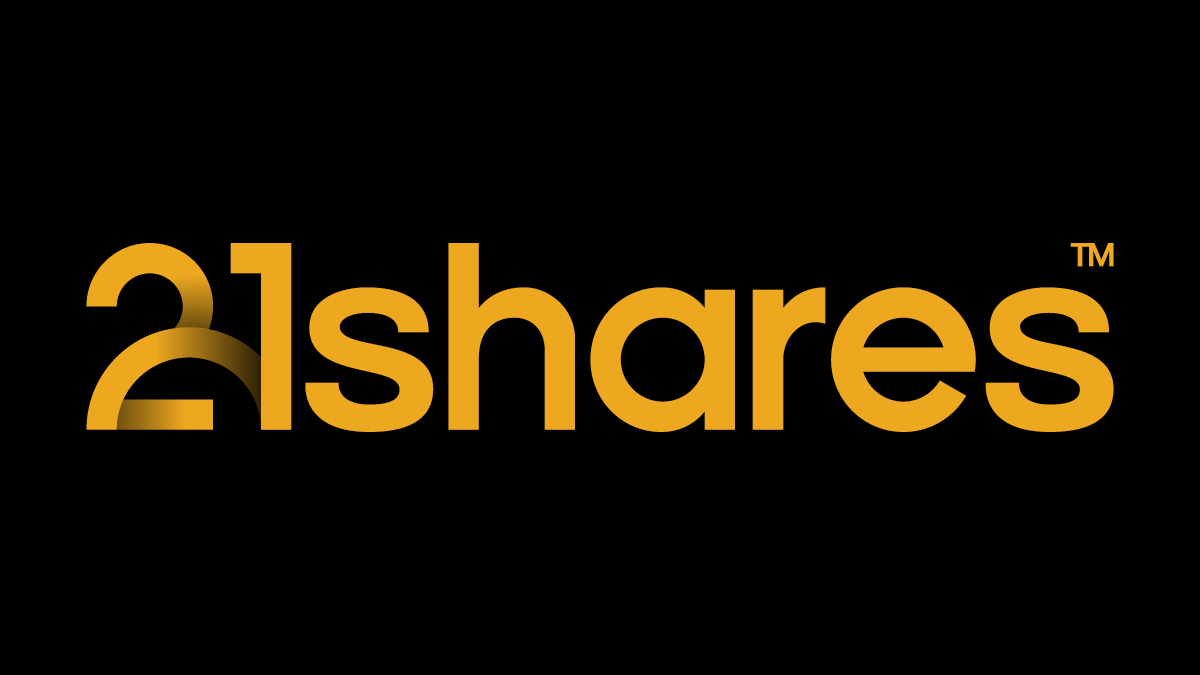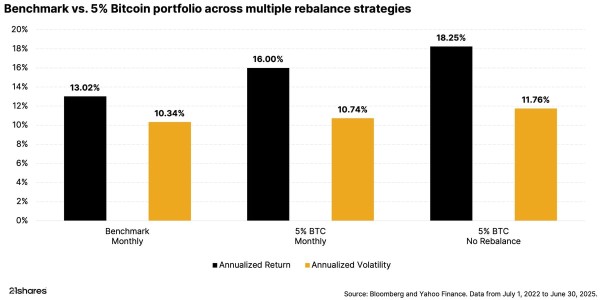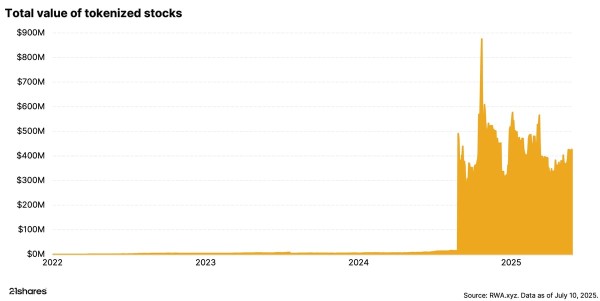Vilken lokal aktiemarknad skall investerarna satsa på under 2014? Vi har tagit de av en expertpanel bestående av fem experter som har tittat närmare på fyra globala ETF investeringar för 2014 som vi presenterar nedan.
Tom Cahill, portföljstrateg på Ventura Wealth Management, med 200 MUSD i förvaltat kapital förespråkar iShares MSCI EAFE (EFA). Den europeiska ekonomin förväntas växa 1 procent under 2014 jämfört med en nedgång på 0,4 procent under 2013. Resultatet per aktie för företag i denna ETF bör enligt Cahill växa 16 procent i genomsnitt.
Det förväntade p/e-talet för det genomsnittliga företaget i fonden är 14,78 att jämföra med 15,83 för S & P 500. Dessa företag har underpresterat gentemot de amerikanska bolagen under de senaste fem åren och det finns anledning att tro att det är dags för den europeiska aktiemarknaden att uppvärderas.
Risker inkluderar en snabb ränteuppgång
Risker som han ser inkluderar en snabb ränteuppgång på grund av en aggressiv nedtrappning i Federal Reserves kvantitativa lättnader, en hårdlandning i Kina och att statsskuldkrisen i euroområdet inte är över. Någon av dessa frågor skulle kunna pressa de globala finansmarknaderna.
Charles Sizemore, Sizemore Capital med 6 miljoner MUSD ner i tillgångar säger att han tror att stora tillväxtmarknader som Kina, Ryssland, Indien, Brasilien och Indonesien alla kommer att ge en årlig avkastning långt över 15 procent per år.
Han säger att Afrika är den enskilt mest attraktiva tillväxt eller gränsregionen år 2014 och under resten av detta årtionde. För första gången i sin historia har Afrika utvecklat en riktig medelklass. Detta är ett långsiktigt makrocase och ett som han räknar med kommer att generera ”Kina-liknande” tillväxt genom resten av 2010-talet och 2020-talet.
Den afrikanska inkomsten per capita har mer än fördubblats de senaste tio åren, och enligt revisionsfirman Deloitte finns sju av de tio snabbast växande länderna i Afrika. I dag består den afrikanska medelklassen av mer än 300 miljoner personer, en dryg tredjedel av den totala befolkningen. Det är ett block av konsumenter som är jämförbar med medelklassen i Kina och Indien.
Internetanvändningen är fortfarande låg, endast 10 procent av befolkningen har i dag Internet, och har vuxit med cirka 2,527 procent per år de senaste elva åren. Däremot är mobiltelefonanvändandet större, mer än 616 miljoner konsumenter sägs ha tillgång till en mobiltelefon i Afrika i dag, vilket ger en stor del av den lägre medelklassen tillgång till både Internet och grundläggande banktjänster.
Enligt Deloitte ger en tioprocentig ökning av mobiltelefonpenetrationen i ett fattigt land ett direkt genomslag på landets bruttonationalprodukt på cirka 1,2 procent. Ökningen är en direkt följd av den påföljande ekonomiska aktivitet som människor engagera sig i när de får tillgång till bättre kommunikationsmedel.
Sydafrika är i dag den mest utvecklade ekonomin i Afrika
Sydafrika är i dag den mest utvecklade ekonomin i Afrika, och landets företag konkurrerar med sina västerländska motsvarigheter. IShares MSCI South Africa (EZA) har en vikt på 28 procent mot kommunikation och cirka 25 procent mot finansiella företag. Cykliska konsumentvaror svarar för cirka 13 procent medan de mer defensiva sektorerna Hälso- och Sjukvård samt konsumentvaror svarar för 7 respektive 5 procent.
Mark Eicker, Sterling Globala Strategies med 215 MUSD i tillgångar förespråkar iShares MSCI Mexico (EWW) som den börshandlade fonden han vill äga under 2014. Han anser att den delade gränsen med USA är en välsignelse för Mexiko och att denna kommer att gynna Mexiko på bekostnad av Kina eftersom en större del av den nordamerikanska tillverkningen kommer att hamna där.
Den genomsnittliga produktionslönen i Kina högre än den i Mexiko
Enligt en studie från Boston Consulting Group ligger nu den genomsnittliga produktionslönen i Kina högre än den i Mexiko, och i kombination med kortare leveranstider och lägre transportkostnader till och från Mexiko kommer detta att tala för landet som dessutom är medlem i NAFTA (North American Free Trade Agreement) vilket gör att mexikanska varor kan tas in till USA utan tull.
Politiskt sett har Mexikos president Enrique Pena Nieto visat sig varit affärsinriktad och har öppnat upp landets olje-och gasutvinning, som tidigare varit kontrollerade av staten. I takt med att näringslivet fått upp farten har en spirande medelklass vuxit fram som spenderar allt mer. Mexikos tillväxtmotor under de senaste fem decennierna har turismen men det finns indikationer på att industrin kan komma att börja växa igen.
DMS Funds tror på Polen
Peter Kohli, DMS Funds med 20 miljoner dollar i tillgångar tror på Europa, och då i synnerhet på ett enskilt EU-land, nämligen Polen. Till och med när det såg som mörkast ut i Europa klarade Polen av att leverera en ökande BNP, visserligen liten, men det var en tillväxt vilket inte många andra länder klarade av under denna period. När nu motorerna i den europiska ekonomin har startats upp igen kan detta komma att gynna Polen och låta landet bli ett tillverkningsnav i Europa. Med sin billiga och välutbildade arbetskraft och rika naturresurser som kol och andra mineraler finns det mycket som talar för Polen.
Om den europeiska återhämtningen fortsätter kan Polen komma att stå vid rodret för den europeiska tillverkningsindustrin. Den som tror på detta scenario bör titta på Market Vectors Polen (PLND) som bör kunna göra bra ifrån sin under både 2014 och kommande år.
Vi ser egentligen bara ett hinder för att Polen skall komma att uppnå full blomning, och det är den pensionsreform som landets regering tagit fram, den är allt annat än marknadsvänlig. Pensionsreformen har fått utländska investerare att klia sig i huvudet och politiker att rusa efter skydd. Varken EU eller IMF har kommenterat detta potentiella hot mot Polens spirande ekonomiska system, vilket kanske betyder att effekten är mindre än vad många tror.

 Nyheter3 veckor sedan
Nyheter3 veckor sedan
 Nyheter3 veckor sedan
Nyheter3 veckor sedan
 Nyheter3 veckor sedan
Nyheter3 veckor sedan
 Nyheter2 veckor sedan
Nyheter2 veckor sedan
 Nyheter2 veckor sedan
Nyheter2 veckor sedan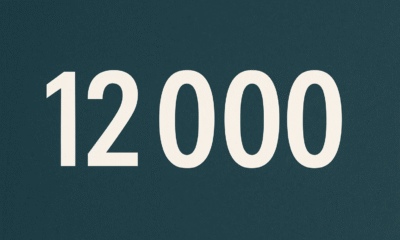
 Nyheter2 veckor sedan
Nyheter2 veckor sedan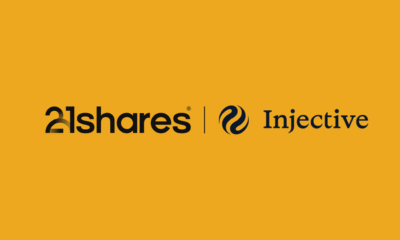
 Nyheter2 veckor sedan
Nyheter2 veckor sedan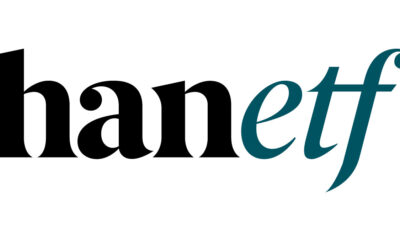
 Nyheter2 veckor sedan
Nyheter2 veckor sedan












